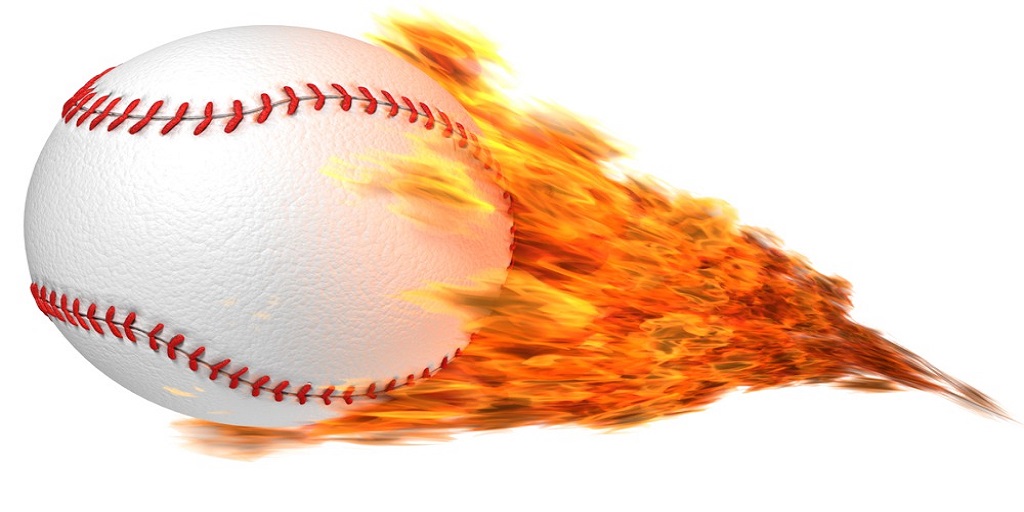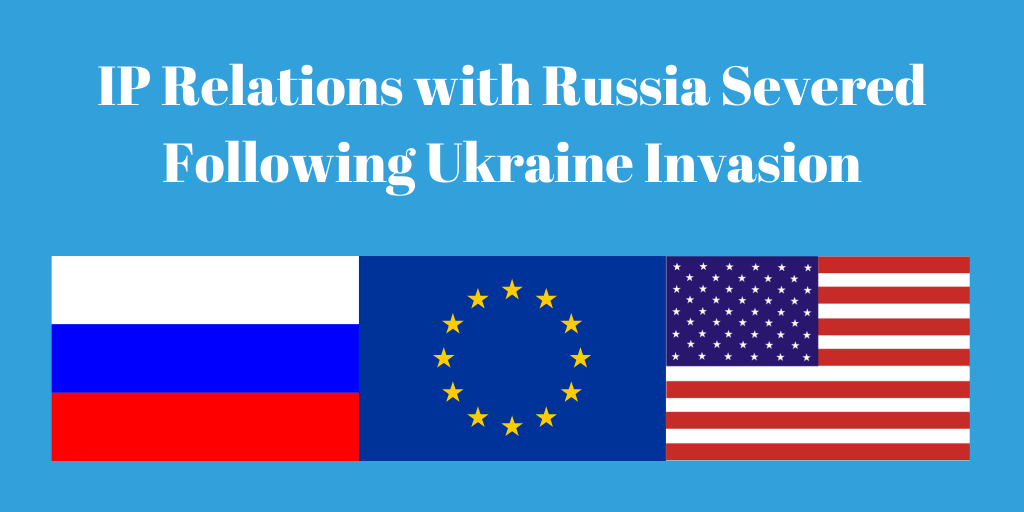Trump, Trump, Trump.
Not a moment has gone by without President Trump making headlines. With only a little over a year into his presidency, Trump has been causing shock waves that reverberate throughout the United States. However, the latest presidential plans for trade has shook the entire world.
The president’s latest acts and plans.
The President has plans to impose over $100 billion dollars worth of tariffs on Chinese imports. This has caused quite a stir between the US and China and every country involved in global trading. However, this begs the question: what provoked the president to place tariffs on Chinese imports?
One major reason why the president plans to impose tariffs onto Chinese imports may be due to China’s perceived lax enforcement of intellectual property rights. The president gave his thoughts on intellectual rights by stating in a tweet that “[t]he U.S. is acting swiftly on Intellectual Property theft. We cannot allow this to happen as it has for many years!”
To see the tweet, click here.
What are the alleged IP thefts and issues.
Trump has stated that there are various IP theft related issues that occur within China. One of them is lax enforcement of IP rights. This would mean that there is little to no protection for your trademarks, copyrights, patents, or trade secrets. If there’s lax enforcement and no protection, an individual would not be able to stop another from using their trademarks, copyrights, patents, or trade secrets without authorization.
The other factor contributing to the tariffs are allegations of mandatory or compulsory technology transfers. Generally, technology transfer involves dissemination new technology from an originating country to a new market or place. But China has a history of mandatory or compulsory technology transfers and requires foreign companies to to disseminate new technology in order to enter the Chinese market place whether foreign companies want to or not.
All of these allegations seem unfair, which raises the question: why is it up to China to enforce intellectual property rights of non-Chinese entities?
Intellectual Property rights are territorial.
Generally speaking, intellectual property rights are territorial and do not extend beyond the boundaries of a country. This would mean intellectual property rights would only be enforceable in the country where the rights were granted. For example, if an American individual wants to protect their invention in China, they may have to get a Chinese patent even though that invention may already have patent protection in the U.S. However, it is up to China to provide the proper laws and procedures, and most importantly, enforcement mechanisms for that foreign individual seeking intellectual property rights in China.
International intellectual property
Although intellectual property rights are territorial, certain types of international intellectual property laws and organizations have attempted to provide some form of regulation for intellectual property for countries who are members to an international agreement. Organizations such as the World Trade Organization (or WTO) have attempted to provide some form of intellectual property laws or at least rules that may make the process of filing in another country a little easier.
What is the WTO.
The WTO is a:
“global international organization dealing with the rules of trade between nations. At its heart are the WTO agreements, negotiated and signed by the bulk of the world’s trading nations and ratified in their parliaments. The goal is to ensure that trade flows as smoothly, predictably and freely as possible.” Additionally, the WTO also provides a regime for the protection of intellectual property. The WTO’s Agreement on Trade-Related Aspects of Intellectual Property Rights (TRIPS), “introduced intellectual property rules into the multilateral trading system.” Thus, being part of the WTO requires that members adhere to certain obligations.
WTO violations of obligations.
Both China and the US are members of the WTO and thus are required to adhere and comply with WTO obligations. What happens if WTO members do not comply with their obligations? Members can go to WTO Dispute Settlement Body (“DSB”) to try to resolve their disputes.
WTO DSB
As stated earlier, being a part of the WTO permits member countries to use the DSB to settle their differences or concerns. The WTO DSB has a mechanism called consultation. A WTO member who believes the measures of another WTO member are not in conformity with covered agreements can call for consultation. Consultation is an attempt between the WTO members in dispute to try and reach a settlement within 60 days or so. Thus in this context, China or the U.S. can call for consultation and try to settle their dispute.
If such settlement cannot be obtained after 60 days, parties can request establishment of panel under DSB to investigate and resolve the dispute.
What are your thoughts on the president’s plans to impose tariffs on Chinese imports? Or how about the WTO and its dispute resolution mechanism?
Tell us what you think and leave a comment below!
Interested in more intellectual property? Here’s a video!
Get Started Today!
Does this article interest you? Subscribe to the LoTempio Law email newsletter to receive posts and updates just like this conveniently in your email box!
If you’ve enjoyed this blog post, we have lots more where this came from, including an Inventors Guide Video Series where we help you turn your good idea into a profitable invention, and tons of other great content. Simply enter your email address and hit sign up and you’ll get everything, including blog posts like these, conveniently in your email box!
Have any questions? Give us a call at 1-800-866-0039. Consultations are FREE.
Disclaimer: This article is not intended to be legal advice and is meant to be for educational or entertainment purposes only. Please do not use the article or contents of the article without permission. For legal advice and questions, please contact registered Patent Attorney Vincent LoTempio.








